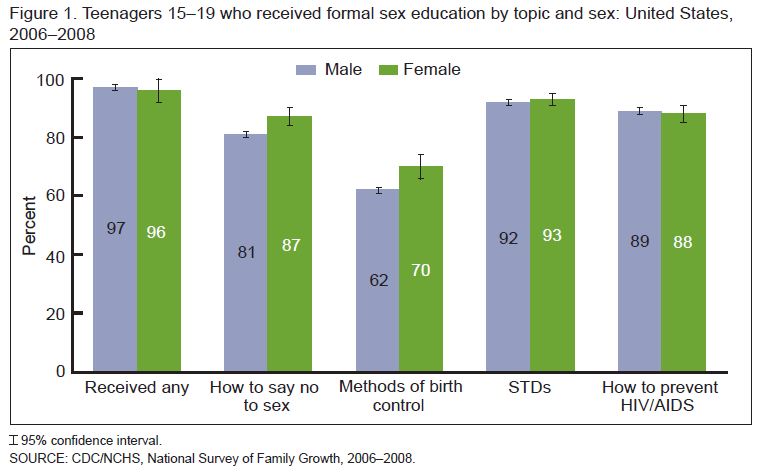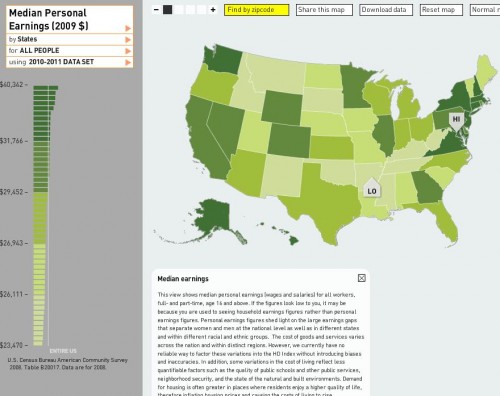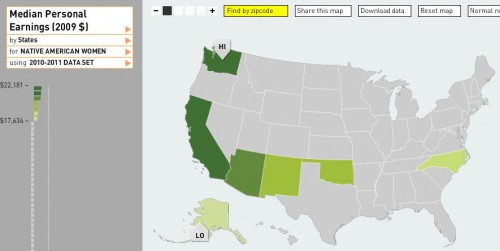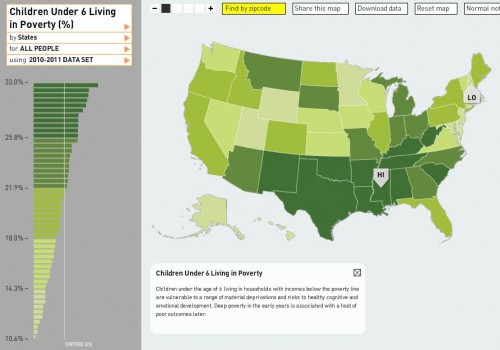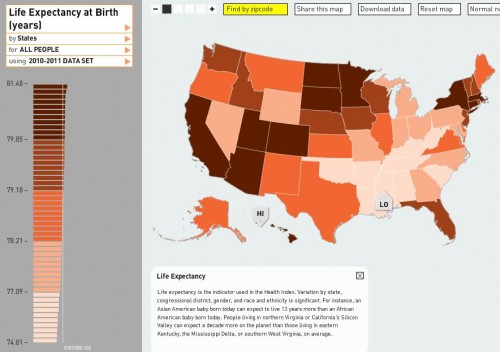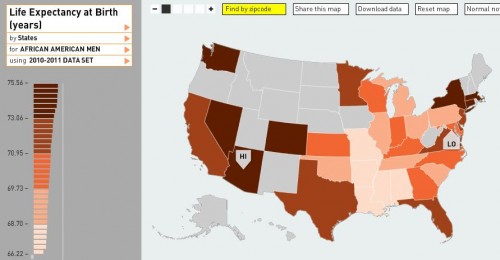The number of Americans under correctional control has more than tripled since the 1980s, up to 1 in 31 U.S. citizens. And the U.S. incarcerates six times more of its citizens than many European countries. As you might imagine, this is very expensive. Between 1987 and 2007, the amount spent on corrections increased by 127%. To put this in perspective, the amount spent on higher education has only increased 21%.
The Pew Center illustrates the disparity:
States varied in the ratio of corrections to college spending. The dark green bars (Vermont, Michigan, Oregon, Connecticut, and Delaware) are for states that spend as much or more on higher education than corrections corrections as on higher education The rest spend less. Minnesota has the most extreme ratio; it spent 17 cents on higher education for every dollar it spent on corrections. Vermont has the most extreme ratio, Minnesota the least:
[Sorry for the initial confusion with the graph.]
Lisa Wade, PhD is an Associate Professor at Tulane University. She is the author of American Hookup, a book about college sexual culture; a textbook about gender; and a forthcoming introductory text: Terrible Magnificent Sociology. You can follow her on Twitter and Instagram.





